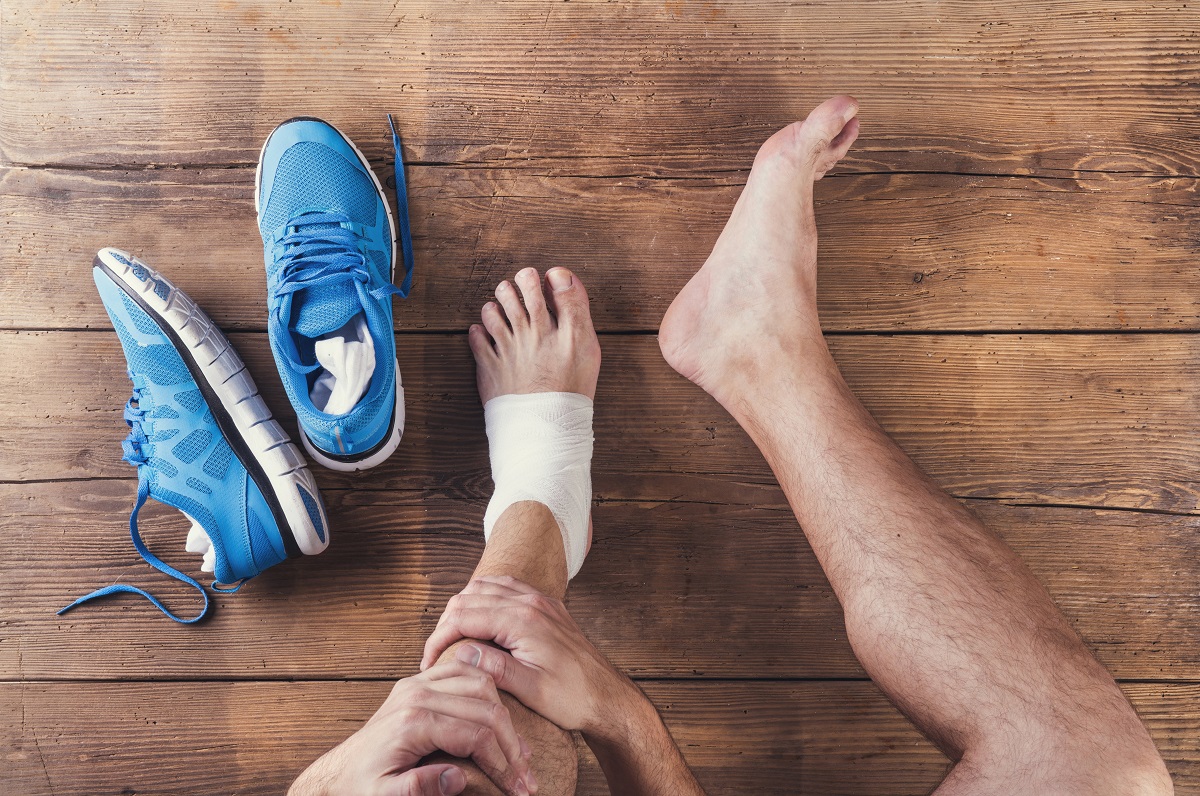- The human knee is a complex structure connecting the femur, tibia, and patella, stabilized by ligaments.
- Common knee problems include overuse, ligament injuries, meniscus tears, osteoarthritis, and bone fractures.
- Overuse and ligament injuries are particularly prevalent among athletes, while osteoarthritis affects older adults and obese individuals.
- Knee issues require prompt medical attention, with treatments varying from rest and medication to surgery in severe cases.
- Preventive measures include maintaining a healthy weight, engaging in low-impact exercises, and wearing proper footwear.
The knees are one of the most crucial joints in the human body. They help us move, walk, run, jump, and perform many other activities. However, they are also vulnerable to injuries and other issues. Knee problems can affect people of all ages, from young children to the elderly. Here’s a look into the anatomy of the human knee, the most common reasons for knee problems, and ways to deal with it.
The Anatomy of the Human Knee
The knee is a complex joint that connects the thigh bone (femur) to the shinbone (tibia). It also includes the kneecap (patella), which protects the front of the joint. Ligaments, tendons, and muscles connect the bones. The two main ligaments in the knee are the anterior cruciate ligament (ACL) and the posterior cruciate ligament (PCL). They cross each other to form an “X“ shape, providing stability to the knee. The collateral ligaments on either side of the knee also help with strength.
The knee joint is filled with synovial fluid, which provides lubrication and nourishment to the joint. Cartilage, a type of connective tissue, covers the ends of bones in the knee and helps with smooth movement. Bursae, tiny fluid-filled sacs, also surround the knee joint to reduce friction between tendons and bones.
Common Reasons for Knee Problems
There are various reasons why someone might experience knee problems. Some of the most common ones include:
1. Overuse Injuries
Overuse injuries are one of the most common reasons for knee problems. These injuries occur when people perform repetitive movements or activities that put too much stress on their knees. Examples of overuse injuries include patellofemoral pain syndrome, iliotibial band syndrome, and runner’s knee. These injuries are common among athletes, runners, and anyone who performs repetitive movements or activities that involve knee bending. Doing stretches and warming up before engaging in such activities can help prevent overuse injuries.

2. Ligament Injuries
Ligament injuries occur when the ligaments that support and stabilize the knee joint are stretched or torn. The most common ligament injury is the anterior cruciate ligament (ACL) tear. These injuries can occur due to sudden stops and changes in direction, landing from a jump, or direct impact on the knee. Ligament injuries are common among athletes, especially those who play high-impact sports like soccer, basketball, and football. Proper training and conditioning can help prevent ligament injuries.
3. Meniscus Tears
The meniscus is a C-shaped piece of cartilage that acts as a shock absorber in the knee joint. Meniscus tears occur when the meniscus is torn due to sudden twisting or rotating movements. These injuries can also develop due to age, wear, and tear. Meniscus tears are common among athletes and people with sudden twisting or rotating movements. Surgery is often required for meniscus tears. In some cases, physical therapy can also help, but it may take several months to recover.
4. Osteoarthritis
Osteoarthritis is a type of arthritis that occurs due to wear and tear on the joints. The knee joint is particularly susceptible to osteoarthritis. This condition occurs when the protective cartilage that cushions the bones in the knee joint wears away, leading to bone-on-bone contact. Osteoarthritis is common among older adults and people who are overweight or obese. Losing weight, exercising, and taking joint supplements can help prevent and manage osteoarthritis. Additionally, it might be good to get help from an arthritis treatment center. The center can provide specific treatment to help deal with this problem.

5. Bone Fractures
Bone fractures refer to a break in one of the bones in the knee joint. Knee fractures can occur due to direct trauma, such as a fall or car accident, or indirect force, such as a sudden twist or turn. Knee fractures are common among athletes and people who engage in high-impact activities. Treatment for knee fractures depends on the severity of the injury and may involve surgery, physical therapy, or a combination of both.
Dealing with Knee Problems
If you experience knee problems, it’s crucial to consult a medical professional for an accurate diagnosis and treatment plan. The specific treatment for knee problems depends on the underlying cause and severity. It could include rest, ice, physical therapy, medication, or surgery in severe cases.
Additionally, maintaining a healthy weight and engaging in low-impact exercises can help prevent knee problems. Wearing proper footwear and using equipment that fits correctly can also reduce the risk of knee injuries. Stretching and warming up before engaging in physical activities can also help prevent overuse injuries. Furthermore, it’s essential to listen to your body and take breaks when needed to avoid putting too much stress on the knees.
Understanding the anatomy of the human knee and being aware of common reasons for knee problems can help you take steps toward preventing them. Taking care of your knees through proper exercise, rest, and injury prevention can help keep them healthy and functioning long. If you experience knee problems, seek medical attention promptly to prevent further damage and ensure a speedy recovery.




